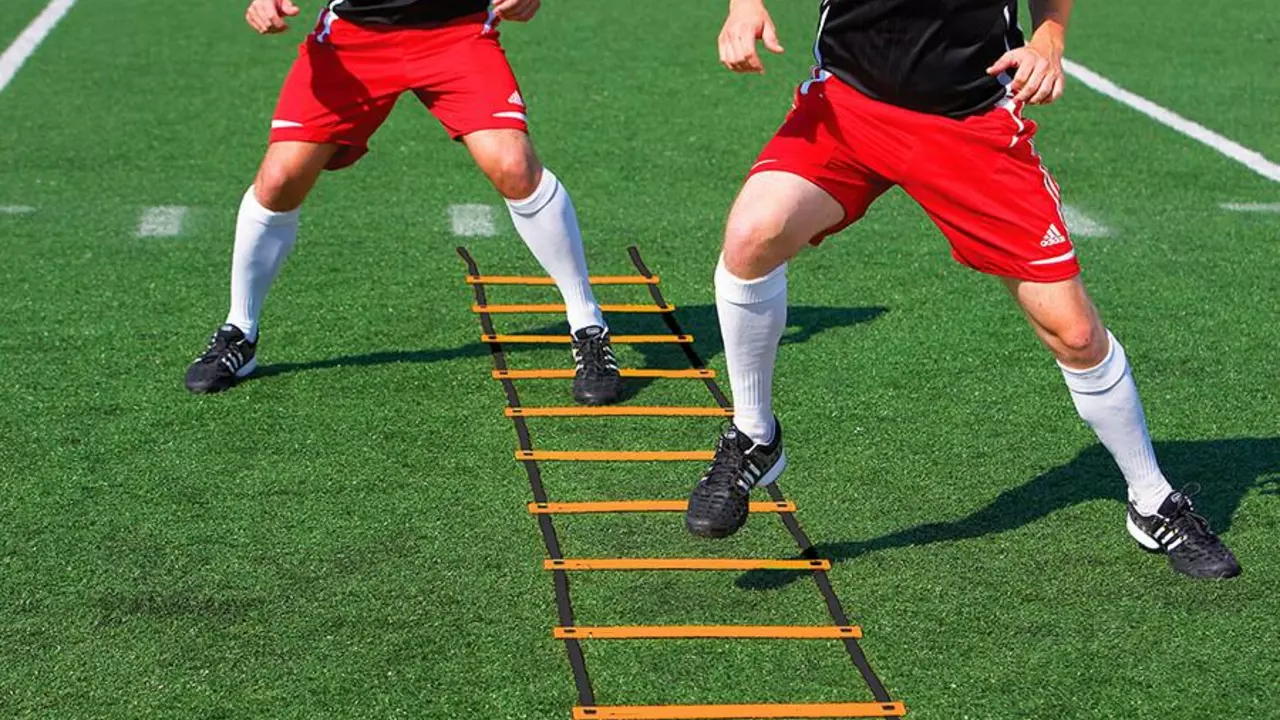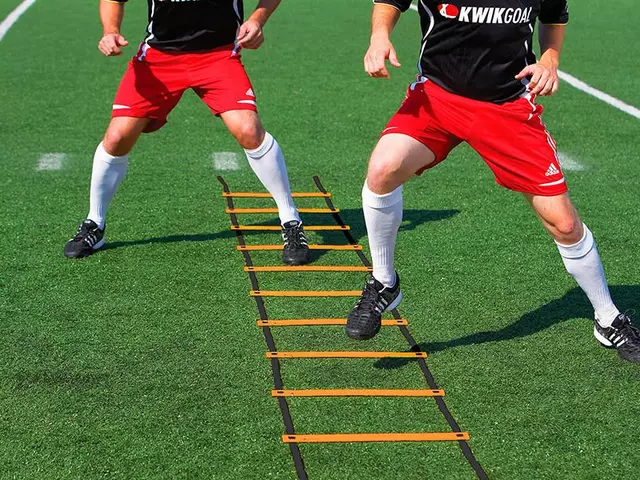Unveiling the Mystery: The D/L Method in Football
Did you know a bunch of mathematicians had their knuckles rapped in calculating the outcomes of some of our beloved football (soccer) matches? Yeah, it sounds strange but it's true. Let's take a step back, shall we? Back when I was in school, equations and calculations were things I only related with complex subjects like Trigonometry or Calculus, and never imagined they'd have anything to do with sports. But, it appears that was a misconception as big as the one I had when my daughter Octavia once told me she was going vegetarian. For a moment, I thought she'd develop an aversion to everything, including sweets, and I was like - ‘Octavia, does this mean no more chocolate pastries?’ and her annoyed ‘Dad! Vegetarian, not sugar-free!’ still makes me chuckle. Sigh, kids these days! However, like the way I learned a new term in dietary habits that day, today, we are going to unravel a lesser-known aspect of football, known as the D/L method.
A Deep Dive into D/L Method: Unraveling the Intricacies
Alright then, drumrolls for the Duckworth-Lewis (D/L) method: a mathematical formulation designed to calculate the target score for the team batting second in a limited-overs football match interrupted by weather or other unforeseen circumstances. Yes, the D/L – the two English statisticians Frank Duckworth and Tony Lewis – formulated this method. I wonder why they didn't call it Duck-lew method. D/L sounds like the abbreviation of some automobile company also the Duck-lew sounds funnier. It almost makes me want a rubber duck with a monocle, top-hat, and a name tag Lewis. That's food for thought for toy companies there.
Anyway, the method takes into account the number of goals scored and the amount of time left in a match, and uses these data points to formulate a baseline objective for the team batting second. It's a complex algorithm at the heart of many decisions in international and national football tournaments, and this smarty-pants method has been employed in countless games since its introduction in the late nineties.
D/L Method in Action: Mathematics Mingles with Football
You might be wondering, when does the D/L method get used exactly? Well, consider a match where Team A and Team B are pitted against each other, then suddenly, there's an alien invasion. Just kidding, though that would make for a pretty solid Hollywood plot. Jokes apart, let's say an unexpected weather interruption, like heavy rain, happens. These weather conditions interfere with the normal course of the game and Team B’s innings. And this is where our geniuses Duckworth and Lewis show up (metaphorically, of course).
Their glorious D/L method swings into action, asking "How many goals would Team B have reached if they had had the same proportion of resources available as did Team A?" Mind you, by resources, we mean a combination of overs left and wickets in hand - something sort of vibe we used to get when bunking school classes, "If I miss the classes today, how many more can I safely skip this semester without risking an epic earful from the principal?" Ah, those were the days!
Tackling the D/L Method: A Dummy’s Guide for Football Lovers
Now, I know the D/L method sounds like it involves a lot of gray matter. But, fret not! You don't need to stand in front of a chalkboard, covered in equations to understand this. Just imagine it like this – you're planning to make a wonderful casserole for dinner, but suddenly you are out of ingredients, say cheese, which happens to be the hero of your dish. Now, you have to adjust the entire recipe, alter the spices, the time of baking to attain the best possible flavor with what you have – that's basically what D/L method does.
When the natural course of a match is hampered by weather or other interruptions, the Duckworth-Lewis method accounts for the remaining resources of the second team, and tailors a revised target. Sure, it sounds way more complicated than running out of cheese, but that’s essentially how it works: recalculating and adjusting. So, the next time there's an interruption in a football match and the D/L method gets invoked, you don't have to scratch your head. Instead, you’ll be able to unravel the mystery and sound like the smartest person in the room. Now that’s a goal!
The beauty of sports lies in its unpredictability, hence the need for some cool math (and mathematicians) to help us figure out where we stand when the game takes an unexpected turn. So let's give a loud cheer for Duckworth and Lewis, whose brilliant idea helps figure out outcomes amidst the rain, wind, Or who knows, maybe someday, even an alien invasion!
I hope this explanation does a justice to D/L method in football. Next time, I will try to bring another such mysterious term or factor from the world of sports. Until then, enjoy the matches, enjoy the unpredictable nature of sports and remember, D/L is not just a random phrase that commentators blabber in between, it has a method to its madness. Pun intended!



